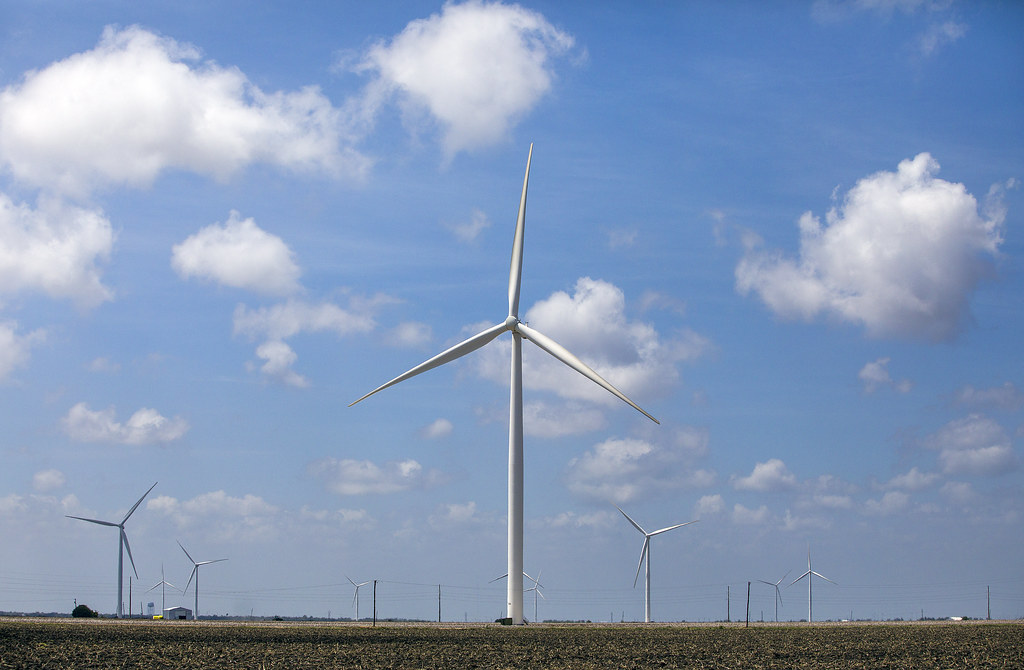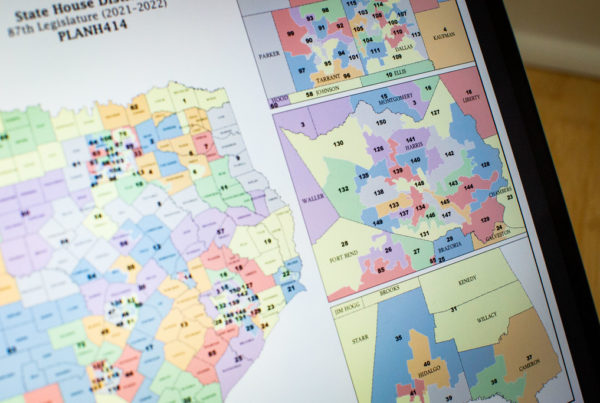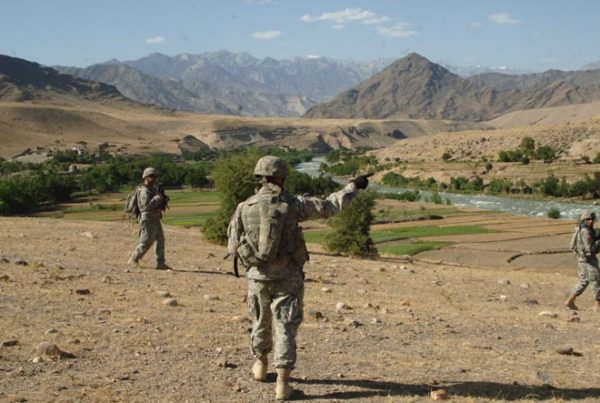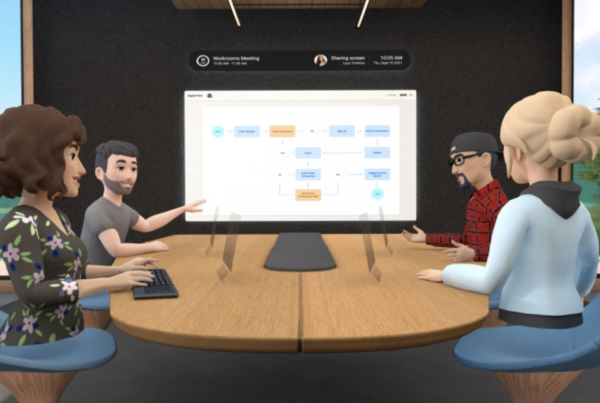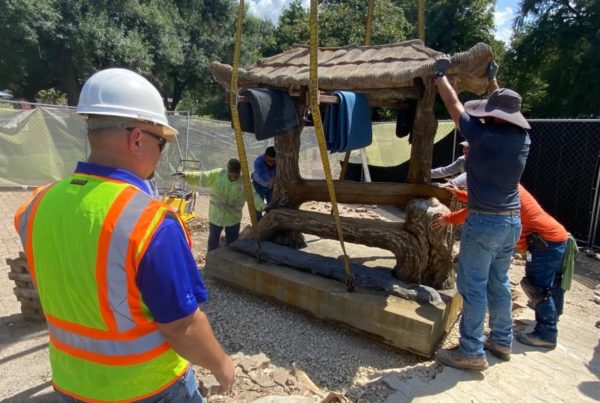Andrew Glennie is just a few months into his career as a wind turbine technician, but he already believes that getting into this fast-growing industry was the right move for him.
“Honestly I really feel like this job has just clicked with me,” he said. “I feel genuinely happy to be doing the work that I’m doing.”
When I speak with him, he’s working on a wind farm in upstate New York. He says he likes the travel and the sense of camaraderie with his coworkers, and climbing hundreds of feet above ground to repair the blades.
But his journey here has been a circuitous one. Glennie has a bachelor of fine arts degree from Pacific Northwest College of Art. For years, he worked in the automotive industry, painting custom low-riders and doing collision repair. But after being hit by a car while riding his bike, he had to give up painting, and hopped around jobs in construction, remodeling and manufacturing.
Eventually, he felt like he needed a change, and a family friend of his asked if he had ever considered getting into the wind industry.
“I was like, no, never thought about it, and then kind of looked into it and the more I looked into it, the cooler it sounded, and I kind of [got] hooked from the get go,” he said.
Glennie is a recent graduate of a wind jobs training program offered by Austin-based workforce management company Workrise. The company, which used to be known as RigUp, originally focused on oilfield job training. After seeing the growth in the green tech sector, the company pivoted, changing its name to Workrise in 2019. It expanded its training options to include those workers interested in the renewable energy sector.
In May, Workrise opened a new 56,000-square-foot facility near Denver, Colorado aimed at training wind energy technicians.
“Wind was one of the areas that really spoke out to us as a key area to start and make a deeper investment in largely, again, because when you look at wind and you compare that to oil and gas or construction, it’s still new in the U.S.,” said Leslie Elliott, managing director for the Workrise division focused on the energy industry.
She said the company noticed a disparity between available wind jobs and skilled workers to fill them.
“When you just look at where we are today as an industry and skilled trades, there’s the massive shortage of skilled workers that is coming across all industries, especially within renewables and solar and wind.”
According to the Bureau of Labor Statistics, jobs for wind turbine technicians are projected to grow 61% between 2019 and 2029, or about 4,300 new technician jobs. That rate of growth is considered “much faster than average” by the bureau, and is considered the fastest growing occupation for that time period.
“I think it’s fair to say that wind and the wind industry has experienced pretty unprecedented growth during the past 10 years,” said Eric Lantz, wind analysis manager with the U.S. Department of Energy’s National Renewable Energy Laboratory, or NREL. He says the growth of the industry can be attributed to a couple of things. First, costs have gone down dramatically.
“Falling turbine prices have certainly been part of it,” he said. “I think that’s a combination of technology improvements, but also value-based engineering and R&D innovations that are enabling us to to do more with less material”
Another factor is federal tax credits for wind producers.
“Those have been declining per the scheduled sort of reductions that were put in place by the legislators over the years, in the recent past,” Lantz said. “And so the industry has been sort of scrambling to take advantage of those tax credits while they’re still available”
But the amount of qualified workers hasn’t been able to keep up with the explosion in jobs. A 2019 report from the NREL found that wind industry employers were struggling to fill positions. Sixty-eight percent of industry representatives surveyed said they had difficulty hiring across most occupations.
Lantz attributed that to growing pains that most new industries face. Education and training just haven’t ramped up as quickly as job growth has.
“In a new industry, there’s not a robust educational system to prepare workers to enter that workforce,” he said. “So we’re kind of trying to build up the educational system at the same time that we’re starting to ramp up the construction and development and operation of these facilities.”
That skills gap is one that Workrise hopes to close with its new Colorado facility. Elliot says that the goal is to train for both new wind farm construction, as well as maintenance on existing turbines – jobs that have more long term stability.
“Especially as we see the technology start to age out and be five, 10, 15, 20 years old, the need for operation and maintenance work is going to continue significantly,” she said.
That includes training for people like Glennie, the turbine technician, who hope to transfer their skills from other manufacturing or construction-type jobs to turbine maintenance.
“The cool thing is, if you have any sort of background working with your hands, I think the blade repair is something that you can kind of soak up if you’ve got common sense and just kind of know how to make any sort of repair.”


